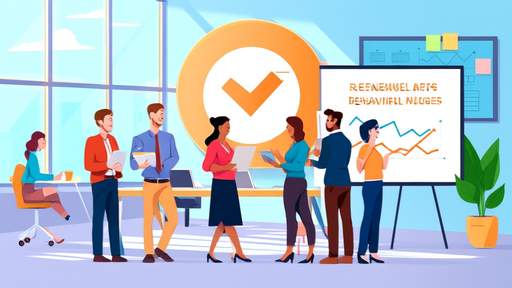The concept of sunk costs has long been a cornerstone of behavioral economics, but its implications in the realm of membership-based businesses are only now being fully explored. As companies increasingly shift toward subscription models and loyalty programs, understanding how sunk costs influence consumer behavior has become a critical competitive advantage. The psychology behind why people continue paying for unused gym memberships or streaming services they rarely access reveals deep truths about human decision-making.
At its core, the sunk cost fallacy describes our tendency to continue investing in something simply because we've already spent resources on it—whether time, money, or effort. This phenomenon becomes particularly potent in membership economies where recurring payments create psychological traps that are difficult to escape. Consumers often justify continuing payments for services they don't use by telling themselves they'll "get around to it eventually," creating a goldmine for businesses that understand how to leverage this behavioral quirk.
The fitness industry provides perhaps the most glaring example of sunk costs at work. Research suggests nearly 70% of gym memberships go underutilized, yet cancellation rates remain surprisingly low. Members continue paying monthly fees long after their initial enthusiasm fades, trapped by the combination of upfront enrollment costs and the psychological weight of their previous investment. This creates what economists call "the endowment effect on steroids"—where simply having paid for something makes us value it more, regardless of actual usage.
Subscription services have perfected the art of exploiting this cognitive bias through carefully designed pricing structures. The now-ubiquitous "free trial that automatically converts to paid membership" model banks on customers forgetting to cancel before billing begins. But more sophisticated players take it further—offering annual payment options that provide apparent savings while dramatically increasing retention through the sunk cost effect. Once customers prepay for a year of service, they feel compelled to use it, creating engagement that often leads to renewal.
Loyalty programs represent another frontier where sunk costs drive remarkable customer retention. Airlines and hotels have mastered this through tiered systems where members invest significant time and money to reach elite status. The psychological pain of abandoning progress toward the next reward tier keeps customers booking even when alternatives might offer better value. This creates what behavioral scientists call "escalation of commitment"—where each additional investment makes walking away feel increasingly unthinkable.
The digital transformation has amplified these effects through virtual currencies and progress trackers that make sunk costs more visible. Video game companies pioneered this approach with season passes and in-game purchases, but mainstream retailers have adopted similar tactics. Points systems that show customers how close they are to their next reward trigger the same completion bias that makes people finish mediocre books just because they've already read halfway through.
Interestingly, the sunk cost effect grows stronger when investments are spread over time rather than paid all at once. This explains why monthly subscription models often outperform annual ones in long-term retention—each small payment represents another thread in the psychological web that makes cancellation feel like losing something already owned. The pain of losing $10 monthly feels less acute than $120 annually, but the cumulative effect on retention can be more powerful.
Some forward-thinking companies are now applying behavioral economics principles to mitigate the negative aspects of sunk costs. A handful of fitness chains have introduced "use it or lose it" pricing models that refund portions of unused membership fees. Streaming services experimenting with pause features rather than cancellations report higher customer satisfaction and similar retention rates. These innovations suggest that acknowledging sunk cost psychology can create win-win scenarios rather than exploitative relationships.
The ethical implications of deliberately leveraging cognitive biases remain hotly debated. While some argue that businesses have a responsibility to help customers make rational decisions, others counter that all marketing ultimately plays on psychological tendencies. What's clear is that as the membership economy continues expanding across industries—from software to agriculture to healthcare—understanding sunk cost dynamics will separate sustainable successes from short-term exploitations.
For consumers, recognizing these patterns represents the first step toward making more intentional choices. Simple strategies like regularly auditing subscriptions, calculating cost-per-use for memberships, and setting cancellation reminders can counteract the sunk cost trap. But as behavioral science shows, knowing about a bias doesn't necessarily make us immune to it—which is why businesses that combine ethical practices with psychological insights will likely thrive in the membership economy's next chapter.

By /Jun 3, 2025

By /Jun 3, 2025

By /Jun 3, 2025

By /Jun 3, 2025

By /Jun 3, 2025

By /Jun 3, 2025

By /Jun 3, 2025

By /Jun 3, 2025

By /Jun 3, 2025

By /Jun 3, 2025

By /Jun 3, 2025

By /Jun 3, 2025

By /Jun 3, 2025

By /Jun 3, 2025

By /Jun 3, 2025

By /Jun 3, 2025

By /Jun 3, 2025

By /Jun 3, 2025

By /Jun 3, 2025

By /Jun 3, 2025